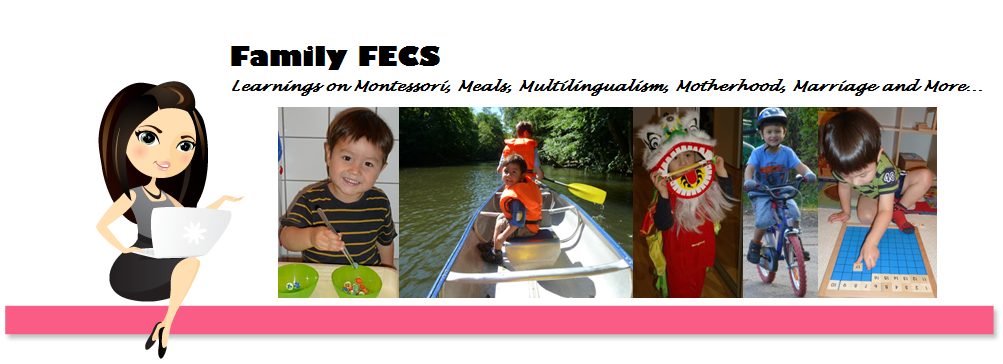| Printable version |
 |
| Card game version |
Age: From 4 years old
Players: 2-4
Objectives:
To teach addition and counting in a fun way.
Materials:
Addition Dominos - each tile has addition problems on it (for example, 0 + 5).
Directions:
1. Distribute the cards evenly among the players.
2. The youngest start by matching the answers of addition problems (for example, match 3+2 to 4+1, since they are both equal to 5).
3. The one who is first to get rid of all of his/her dominoes wins. But if no one can go out, then the person with the fewest dominos left is the winner.
Printables:
http://www.enchantedlearning.com/dominoes/
http://www.enchantedlearning.com/dominoes/addition/
http://www.superteacherworksheets.com/addition/dominoes-matching-game-add_WNNFD.pdf
Additional Information:
We played this for the first time today during our WFMN. J (5Y1M21D) enjoyed it and could figure out the rules of the game as well as the concept of matching the correct addition.
It is also available from Amazon:

